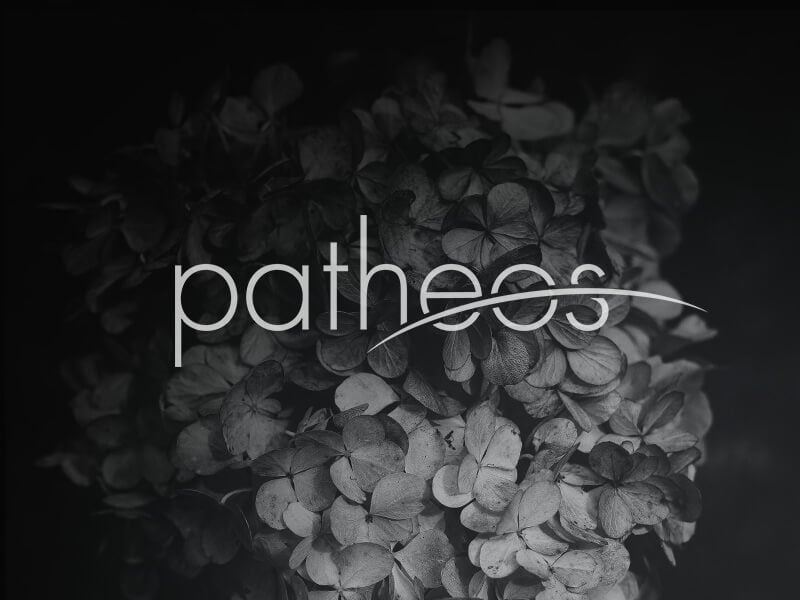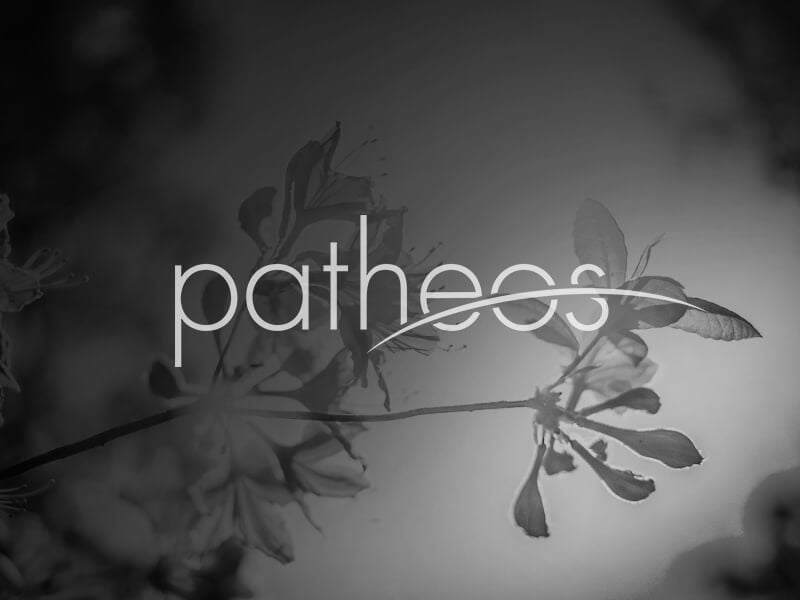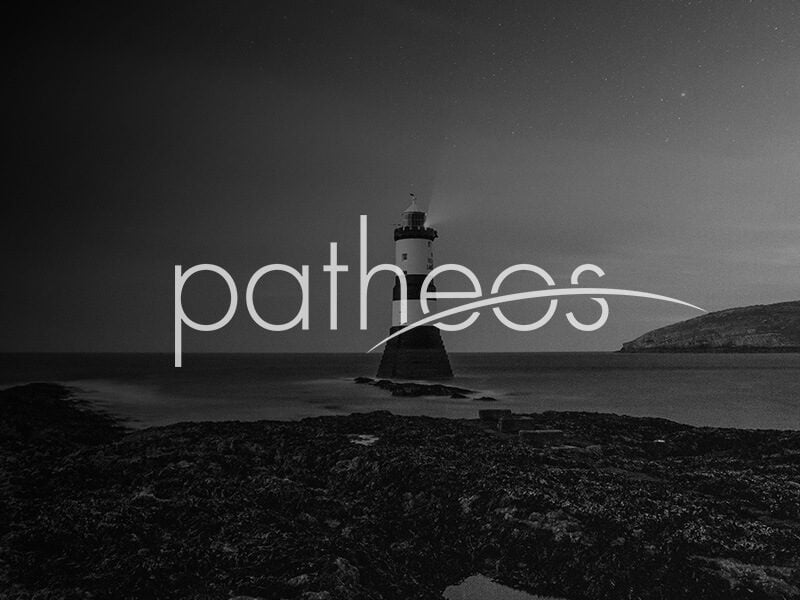But, come on, you do anyway. I mean, this is freakin’ hilarious!
Here’s Chesterton with his typically counter-cultural insight into the current vaporings about obesity from the apostate Puritan ascetics who now teach us to worship the body instead of God:
I remember that Mr. H.G. Wells, in arguing for the relativity of things (a subject over which even the Greek philosophers went to sleep until Christianity woke them up), pointed out that, while a horse is commonly beautiful if seen in profile, he is excessively ugly if seen from the top of a dog-cart, having a long, lean neck, and a body like a fiddle. Now, there is no point of view from which a really corpulent pig is not full of sumptuous and satisfying curves. You can look down on a pig from the top of the most unnaturally lofty dog-cart; and I suppose a dog-cart has as much to do with pigs as it has with dogs. You can examine the pig from the top of an omnibus, from the top of the Monument, from a balloon, or an air-ship; and as long as he is visible he will be beautiful. In short, he has that fuller, subtler, and more universal kind of shapeliness which the unthinking (gazing at pigs and distinguished journalists) mistake for a mere absence of shape. For fatness really is a valuable quality. While it creates admiration in the onlookers, it creates modesty in the possessor. If there is anything on which I differ from the monastic institutions of the past, it is that they sometimes sought to achieve humility by means of emaciation. It may be that the thin monks were holy, but I am sure it was the fat monks who were humble. Falstaff said that to be fat is not to be hated; but it certainly is to be laughed at, and that is a more wholesome experience for the soul of man.
St. Gilbert, Patrons of Fat Guys, pray for us.











